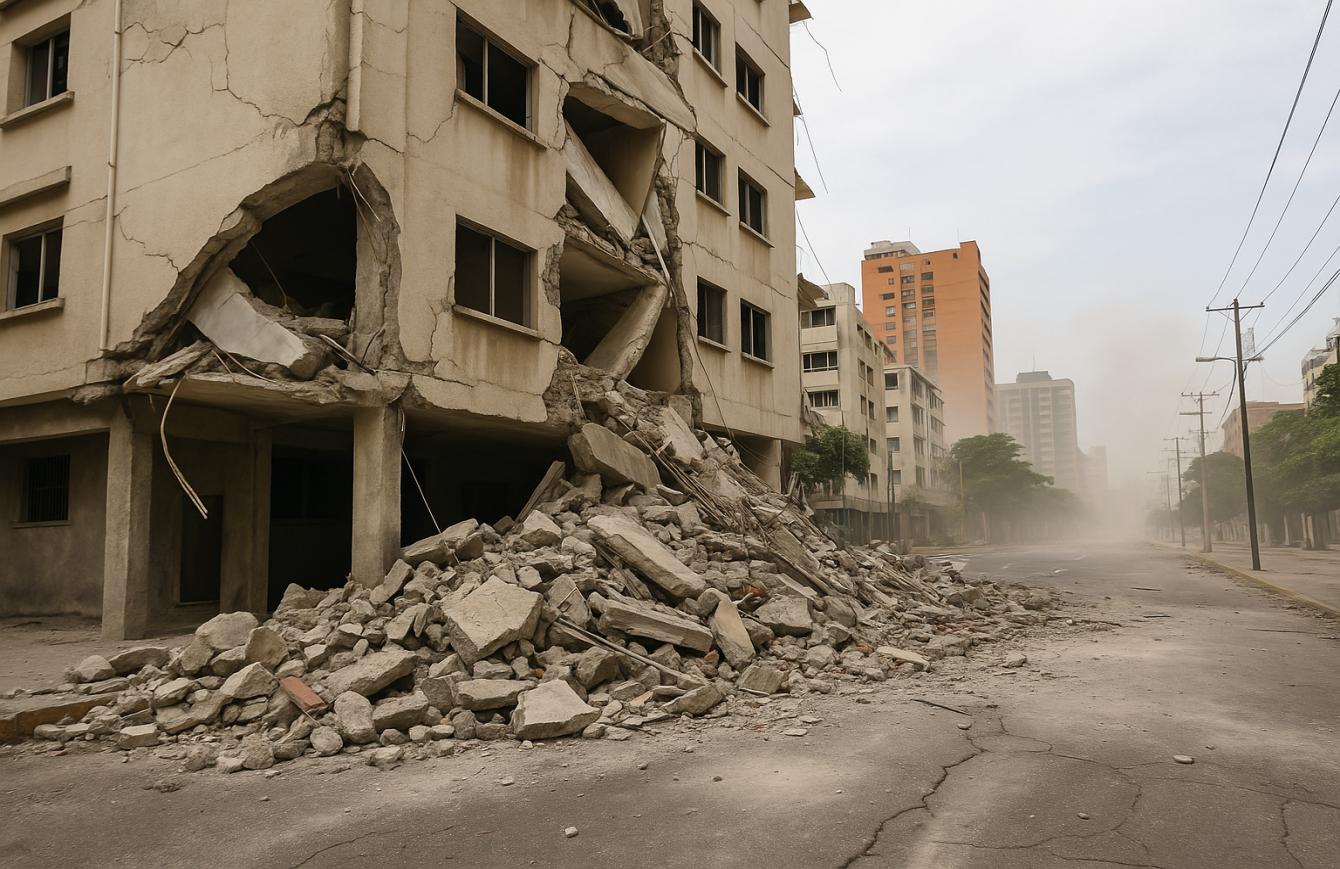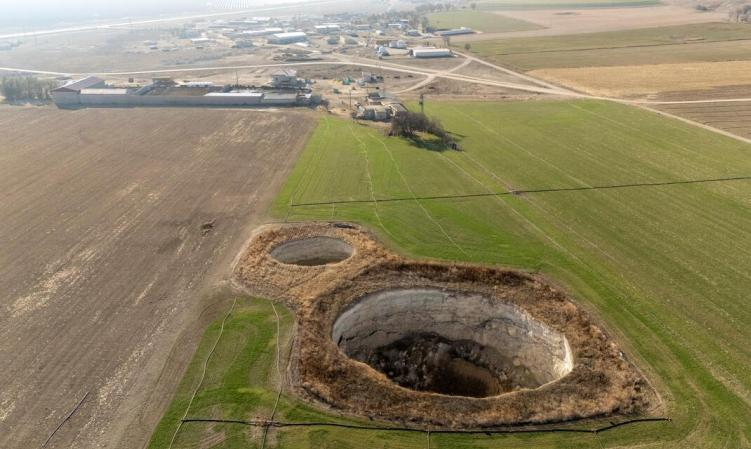
Recently, a magnitude 6.3 earthquake occurred in Sulia State in northwestern Venezuela, with a focal depth of 35 kilometers. According to the European-Mediterranean Seismological Centre, this earthquake not only had a significant impact on the epicenter area, but its shaking waves even reached as far as the capital Caracas, causing local residents to feel the tremors clearly. Although there have been no official reports indicating casualties or significant property losses so far, this earthquake incident undoubtedly once again rings the alarm bell for the prevention and emergency response mechanisms of natural disasters.
Earthquakes, as unpredictable and highly destructive natural disasters, often occur accompanied by huge social impacts and economic losses. The 6.3-magnitude earthquake that hit Venezuela this time, although not historically rare in terms of magnitude, the problems it exposed are worthy of in-depth analysis. Firstly, from a geographical perspective, Venezuela is located on the edge of the Pacific Ring of Fire, where geological activities are frequent and the risk of earthquakes persists for a long time. However, even in such high-risk areas, the completeness of earthquake monitoring, early warning and post-disaster response measures is still directly related to the safety of people's lives and property.
In this earthquake, the capital Caracas felt the tremor significantly. This phenomenon highlights the wide spread and uncontrollability of seismic wave propagation. Even though the epicenter was far from the capital, its energy could still travel hundreds of kilometers, posing a threat to densely populated urban areas. This can't help but raise questions about whether the existing earthquake early warning systems are sensitive enough to buy precious escape time for the public before the arrival of seismic waves. In addition, the seismic resistance capacity of urban buildings is also a crucial aspect. In areas prone to frequent earthquakes, the design and construction of buildings must strictly adhere to seismic standards to ensure that losses can be minimized in the event of a disaster. However, in reality, due to various factors such as economic conditions, technological levels or weak supervision, the seismic performance of buildings in many regions does not meet the standards, which undoubtedly increases the potential risk of earthquake disasters.
Furthermore, the emergency response mechanism after an earthquake is equally crucial. After a disaster occurs, how to quickly and effectively organize rescue forces, provide medical assistance, material supply and psychological comfort is an important indicator to measure the disaster management capacity of a country or region. Although no major casualties have been reported since the recent earthquake in Venezuela, the timely transmission of information, the rational allocation of rescue resources and the planning of subsequent reconstruction work all pose a test to the local government's emergency management system. The lack of an efficient and transparent emergency response mechanism will not only delay the rescue opportunity but also may trigger social panic and affect social stability.
More profoundly, the frequent occurrence of natural disasters such as earthquakes also reflects the complex and subtle relationship between human activities and the natural environment. With the acceleration of urbanization, human exploitation of natural resources is intensifying. Changes in land use patterns and the destruction of the ecological environment may indirectly affect the stability of geological structures, thereby increasing the probability of disasters such as earthquakes. Therefore, how to develop the economy while protecting the natural environment and achieving harmonious coexistence between humans and nature is an urgent and arduous task facing all mankind.
The 6.3-magnitude earthquake that hit Venezuela this time, although it did not cause large-scale casualties or property losses, is like a mirror reflecting many deficiencies in our prevention and response to natural disasters. From the improvement of the earthquake monitoring and early warning system, to the enhancement of the seismic resistance capacity of urban buildings, to the optimization of the emergency response mechanism, and to the harmonious handling of the relationship between humans and nature, every link is related to people's lives and safety and the stable development of society. In the face of natural disasters, we should not merely focus on remedial measures after the fact. Instead, we should pay more attention to prevention in advance and response during the event. With a more scientific and rigorous attitude, we should build a more solid safety defense line.

Due to the continuous decrease in rainfall and the rapid drop in groundwater levels, several large sinkholes have successively appeared in several agricultural areas in central Turkey in recent years, causing great concern among local farmers and environmental experts.
Due to the continuous decrease in rainfall and the rapid dr…
The Prime Minister's Office of Israel said Hamas attacked I…
Fourteen countries including the United Kingdom, France and…
The US Department of Justice said on Wednesday (December 24…
The Japanese government has submitted a draft, planning to …
On December 25th local time, NVIDIA announced a technology …